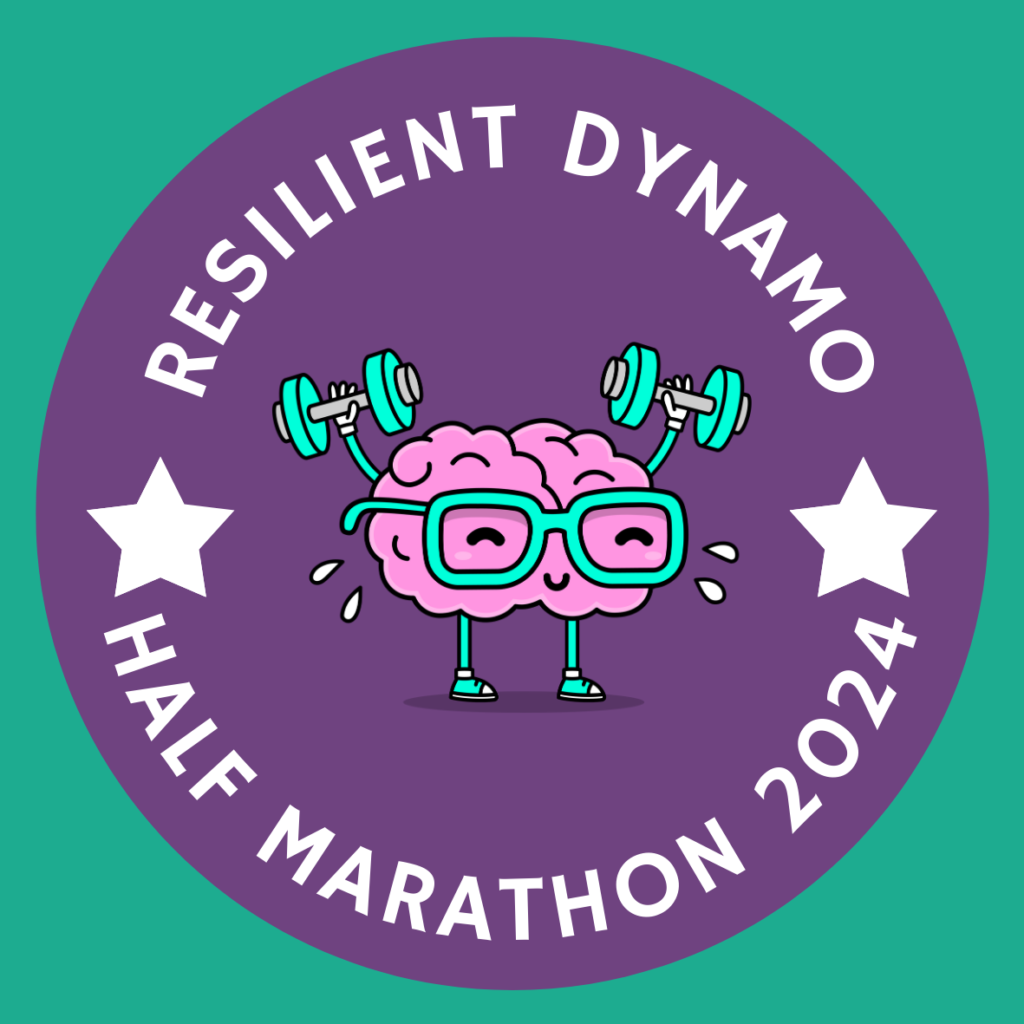The source of entertainment varies from every century and generation. Our ancestors were offline yet social with everyone around unlike the current situation today. I will be sharing some interesting facts about “Dashavatar” – Sindhudurg’s famous Traditional Folk Art.
Dashavatar is 10 avatars of Lord Vishnu. They are Matsya(Fish); Kurma(Tortoise); Varaha(Boar); Narasimha(Half-man/Half-Lion); Vamana(Dwarf); Parashurama(Warrior with the axe); Rama(Prince and King of Ayodhya); Krishna(Eight son of Devaki and Vasudeva)or Balarama(Krishna’s elder brother); Buddha(Gautam Buddha), and Kalki(final avatar of Lord Vishnu). Source – Google
Dashavatar starts from October-November to April-May every year. In olden days, the natak started after 11pm and ended at 5am in the morning. The story concludes with “Bhilimara” male actor in female avatar who takes the tali or a plate to everyone in the audience and they offer money. The male actors present the drama, they do the female character as well. Well-versed with dialogues, no script or official training is provided to the actors. The male actors do the face painting and makeup for the characters backstage themselves without any help of a Makeup Artist.

Dashavatar is divided into two parts Poorva Ranga and Uttar Ranga. “The Beginning” and “The End” or Mythology Story Performance session. In the backstage, it is Navalgururaya Aarti (Prayer) to Lord Ganesha with a musical instrument called “Pakhawaj Dholak” or Mrudung. Ganesha with Riddhi Siddhi enters the stage, the stage manager recites Ganesha Aarti and Saraswati also enters to give him blessing on the stage.
This is the official signal to start the Natak or Folk Art Performance. The animal and God Avatars are enacted in Dashavatar (Matsya, Kurma, Varaha, Narasimha, Vamana, Parashurama, Rama, Krishna or Balarama). Shankasura is the one who enacts in local Malvani language, it is an absolute treat to watch him.

The mythological God-Demon War is most loved by everyone as they are totally into the character with fiery expressions. The musical instruments used for Dashavatar are “Pakhawaj Dholak” or Mrudung, antique Paddle Harmonium, and Zanj or Cymbals.
These actors work hard in festivals as well, they are famous in North Goa too. The timings are altered as per information from Nitin as it starts around 7 pm and ends around 11 pm. They work effortlessly during the day at their farms or in some factory. They play a
![]()















Leave a Reply